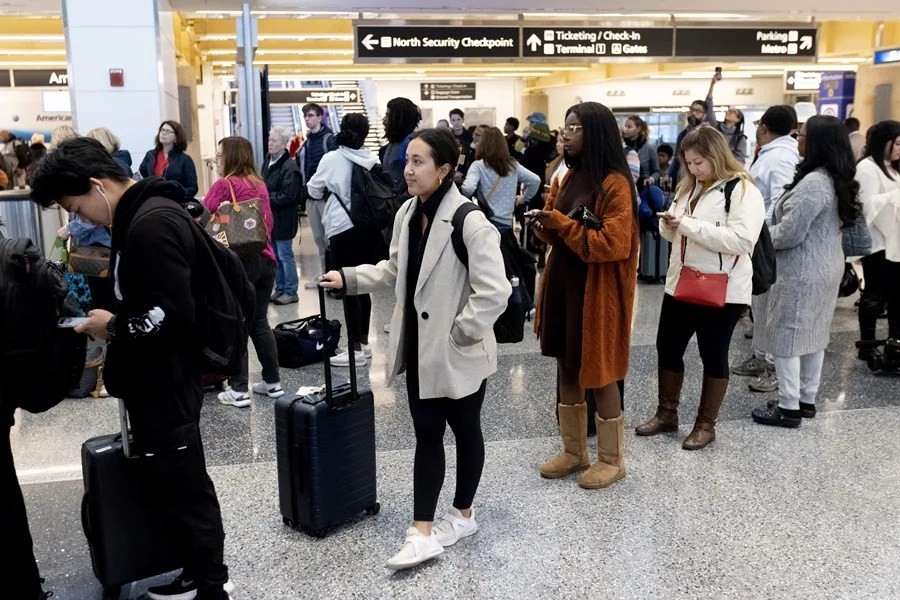TSA Ends Mandatory Shoe Removal at U.S. Airport Security: A Sign of Progress or Complacency?
The TSA’s new policy to stop mandatory shoe removal for airport security checkpoints signals a shift after nearly two decades, raising questions about whether convenience is overtaking safety in America’s air travel.

In an announcement that marks a significant change in airport security protocol, the Transportation Security Administration (TSA) will no longer require travelers to remove their shoes when passing through security checkpoints across the United States. This move, confirmed by White House spokesperson Karoline Leavitt and announced publicly by Secretary of Homeland Security Kristi Noem, ends a nearly 20-year-old security requirement.
Since 2006, removing shoes has been mandatory following intelligence uncovering terror threats involving explosives concealed in footwear. The infamous case in 2001, when a would-be terrorist attempted to detonate explosives hidden in his shoes aboard a flight from Paris to Miami, led to this policy becoming standard procedure.
Convenience Over Vigilance?
The Biden administration touts this as a step forward to enhance traveler experience and streamline airport processes amid rising visitor numbers anticipating major events like the USA’s 250th anniversary in 2026, the FIFA World Cup, and the Olympics. While technological advancements may have improved screening methods since the early 2000s, one must ask: has America sacrificed vigilance for convenience?
The Department of Homeland Security claims that advanced screening technology now allows most passengers to keep their shoes on unless additional checks warrant removal. Yet, this policy shift comes at a time when global terror threats remain very real. The decision raises critical concerns about whether these technologies can reliably detect hidden threats without traditional physical inspections.
A Call for Accountability
This change reflects more than just procedural adjustment; it reveals an administration eager to promote an image of openness and hospitality potentially at odds with rigorous security demands. The fundamental mission of our security agencies must prioritize protecting Americans first above traveler comfort — especially given persistent international threats targeting commercial aviation.
The risk is clear: loosening proven safety measures could open vulnerabilities we cannot afford. Will future administrations take care to restore any lost guards should threats evolve? Or will bureaucratic expediency continue undermining frontline defense against terrorism?
As patriotic Americans concerned with national sovereignty and public safety, we must remain vigilant and demand transparency regarding how these new technologies perform under real-world conditions before celebrating such policy changes as progress.
